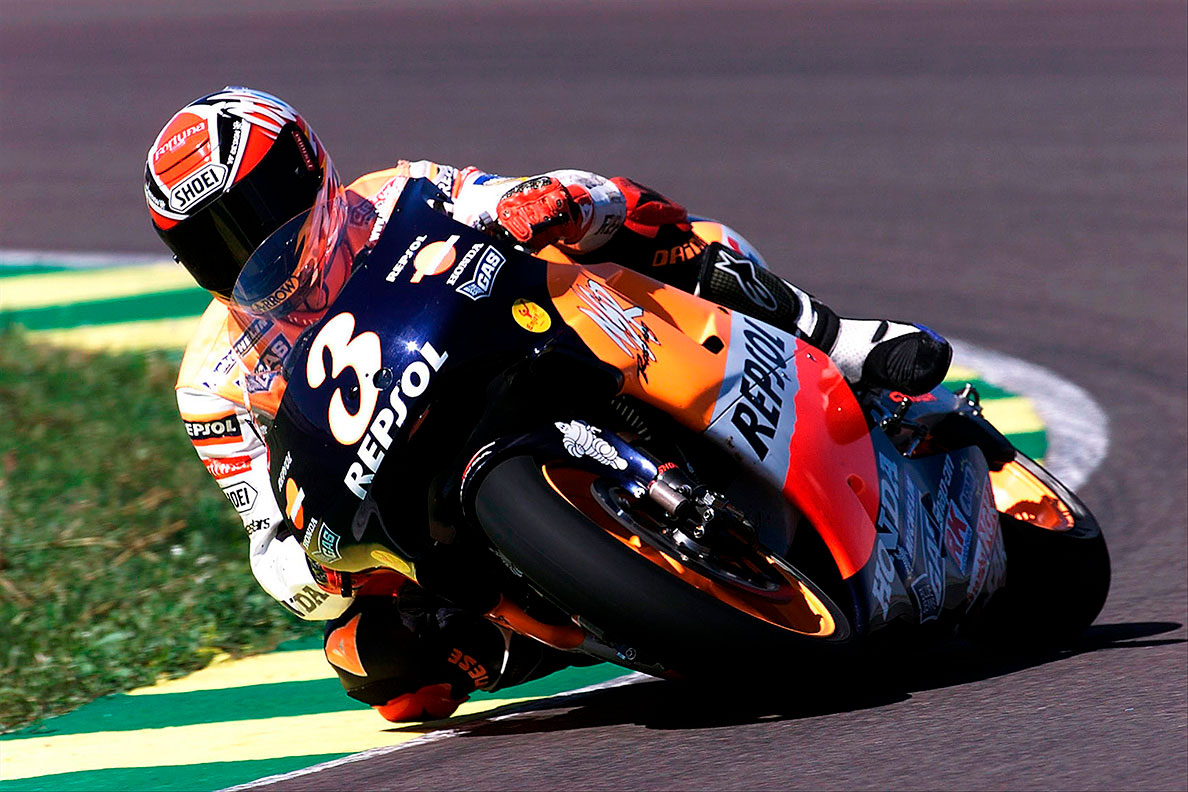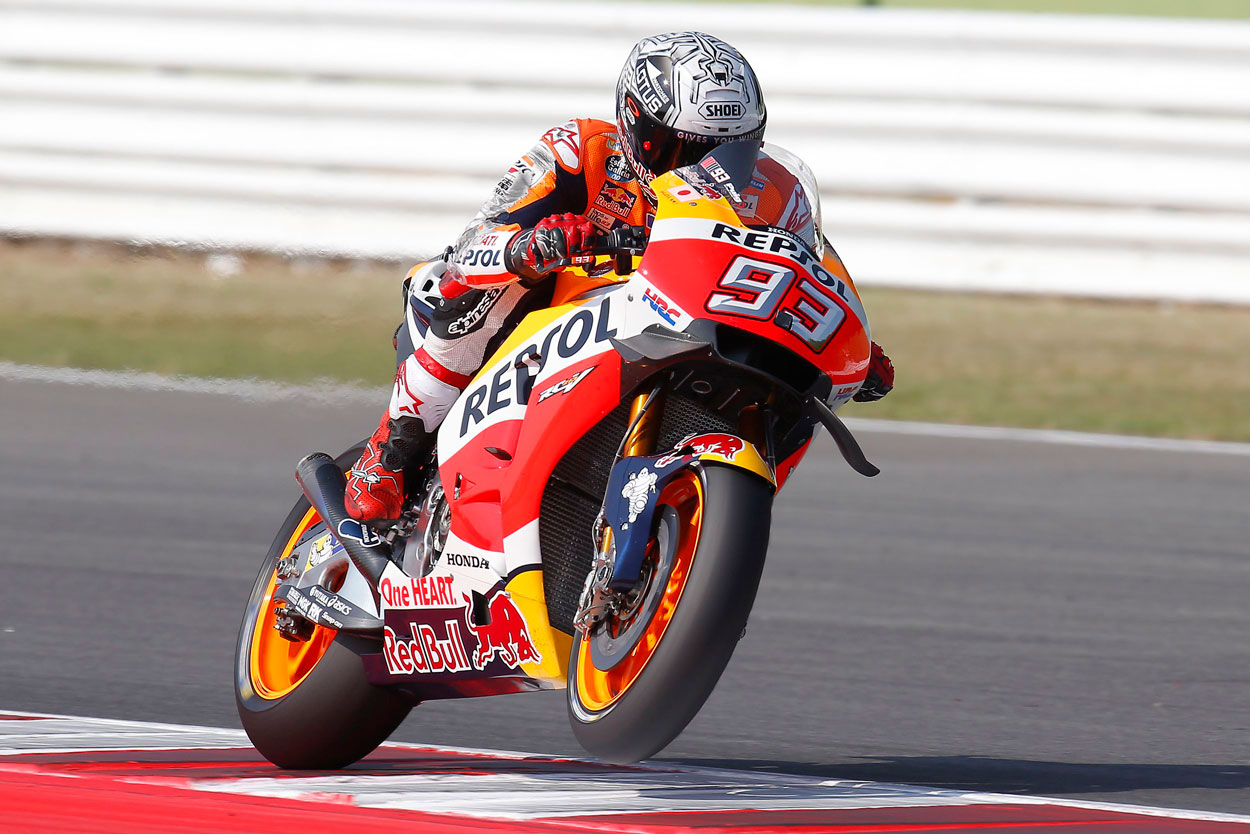In 1992, Mick Doohan’s NSR500 caught the attention of all the engineers at the World Championships when Honda did something that changed the sound of his engine. This was the time of two-stroke engines, very explosive machines that the riders could sometimes find difficult to control. The NSR500 at that time was a textbook example of this problem, as its power made the bike the fastest to accelerate off the grid, but it stalled at the slightest tweak of the gas.
Up to that time, the NSR500 had a 4-cylinder V engine, firing at each 90° rotation of the crankshaft. This provided the engine with a constant workload that gave the bike great power when it was transferred to the wheel. However, this came at a price as the gasket never rested since it worked constantly, causing an acceleration problem. That was how a screamer engine worked, with that characteristic sound that gave it its name.


When trying to make its performance smoother, the gold wing factory tried changing the ignition timing of the engine. They set all the explosions to almost the same moment and let the engine rest during the remaining part of the crankshaft revolution. The time when the engine is not working greatly increases the adherence of the bike so that it can be revved up much sooner. The increase in stability is, however, accompanied by a slight loss of power. The resulting sound of this configuration is hoarser, hence the name big bang.
It did not take long for this new engine sound to catch the attention of fans and competitors who were beginning to search for the key factor that was making the NSR500 more manageable. Upon analysing the audio signal, it was found that this was the secret and soon this configuration was made available to all the manufacturers who were looking for a more stable machine.


4-stroke engine ignition configurations
One of the main differences between 2-stroke and 4-stroke engines is that 4-strokes need an additional revolution of the crankshaft to complete the intake, compression, power and exhaust cycle. In this type of configuration, a big bang engine can distribute the firing of its 4 cylinders over the first stroke, leaving the second stroke just for resting.
In the case of a screamer, the engine must fire at regular intervals within one 180° turn of the crankshaft, or each half-revolution, firing four times in each cycle of two revolutions. To return to the big bang configuration, it is necessary to put all these power strokes together, but as it takes more time to make a complete cycle, this arrangement is not optimal. To compensate for the long rest time, the power strokes can take place within a 90° margin. This configuration, in which the firing interval is much longer but still leaves one complete revolution for resting, is also known as a long bang.
Another possible option very similar to the two-stroke big bang engine is where the cylinders fire in groups of two, making two bigger explosions every 180° and leaving the second revolution for resting.


Advantages and disadvantages
Screamer engines offer great power but make for a more ferocious bike, since the continuous firing transmits constant power to the wheel. Mick Doohan preferred this engine configuration as he compensated for the excess power with precise control and his ample knowledge of the bike.
Big bang engines, and to a lesser extent long bang engines, are more docile, but their long resting time is accompanied by a decrease in maximum power. The Honda RC213V started out with a screamer configuration, but engine performance suffered in 2015 following the electronics limitations. For this reason, the Honda bike that Marc Márquez rode to success in the 2017 and 2018 World Championships has a big bang configuration to adapt it to the changes in the regulations.
The decision as to which configuration to use depends on the engineers, the feedback from the rider, and what is needed each season. Some prefer a more furious but fast engine, while others prefer something more stable to gain time when braking and taking turns. How about you… do you prefer the howling of a screamer or the growling of a big bang?


 Join Us
Join Us  Join Us
Join Us 